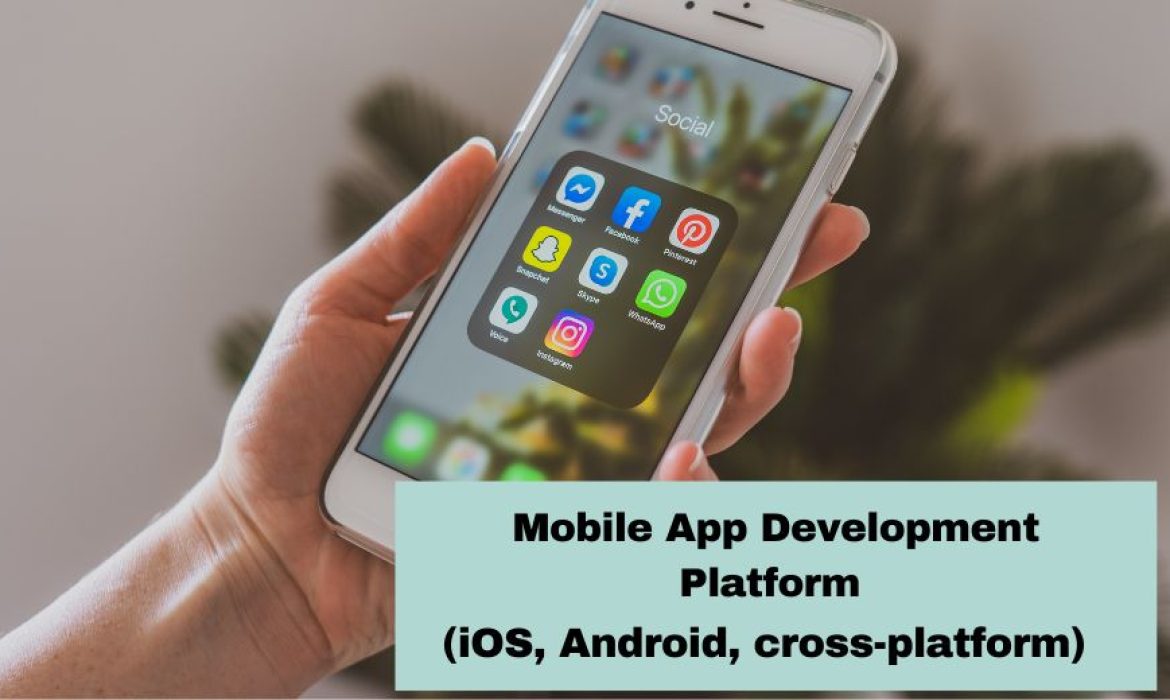ISO 9001:2015 , ISO 27001:2022
In the ever-evolving landscape of mobile app development, choosing the right platform is crucial for reaching your target audience effectively. With the dominance of iOS and Android operating systems, as well as the emergence of cross-platform solutions, developers face important decisions when creating mobile applications. Let’s delve into each platform to understand their unique characteristics and advantages:
iOS Development:
- iOS, the operating system developed by Apple, powers devices such as iPhones, iPads, and iPod Touch. Here are some key aspects of iOS app development:
- Objective-C and Swift: iOS apps are primarily built using either Objective-C or Swift programming languages. Swift, introduced by Apple in 2014, has gained popularity for its modern syntax and safety features.
- Xcode IDE: Developers use Xcode, Apple’s integrated development environment (IDE), to create iOS apps. Xcode provides a suite of tools for coding, testing, and debugging applications.
- App Store: iOS apps are distributed through the Apple App Store, with strict guidelines for app submission and review. While this process can be rigorous, it ensures a curated user marketplace.
- Target Audience: iOS users are typically perceived as more affluent and willing to spend on the app and in-app purchases. Therefore, iOS development may be a preferred choice for businesses targeting this demographic.
Android Development:
- Android, developed by Google, is the world’s most widely used mobile operating system. Here are some key aspects of Android app development:
- Java and Kotlin: Android apps are primarily built using Java or Kotlin programming languages. Kotlin, introduced as an official language for Android development in 2017, offers modern features and improved productivity.
- Android Studio: Android Studio is the official IDE for Android development, offering a range of tools for coding, testing, and profiling applications.
- Google Play Store: Android apps are distributed through the Google Play Store, which offers a vast marketplace with a global reach. The submission process is relatively straightforward, with fewer restrictions compared to the Apple App Store.
- Device Fragmentation: Android devices come in various screen sizes, resolutions, and hardware configurations, leading to fragmentation challenges for developers. However, this diversity also presents opportunities for reaching a broader audience.
Cross-Platform Development:
- Cross-platform mobile app development frameworks allow developers to write code once and deploy it across multiple platforms. Here are some popular cross-platform solutions:
- React Native: Developed by Facebook, React Native enables developers to build native-like mobile apps using JavaScript and React. It offers a high degree of code reusability and performance.
- Flutter: Created by Google, Flutter is an open-source UI toolkit for building natively compiled applications for mobile, web, and desktop from a single codebase. It uses the Dart programming language and provides a rich set of customizable widgets.
- Xamarin: Acquired by Microsoft, Xamarin allows mobile developers to build native apps for iOS, Android, and Windows using C# and . NET. It provides access to platform-specific APIs and native performance.
Conclusion
Choosing the right mobile app development platform depends on various factors such as target audience, project requirements, budget, and development expertise. Whether opting for iOS, Android, or cross-platform solutions, businesses can leverage these platforms to create engaging and successful mobile applications that resonate with their users.


